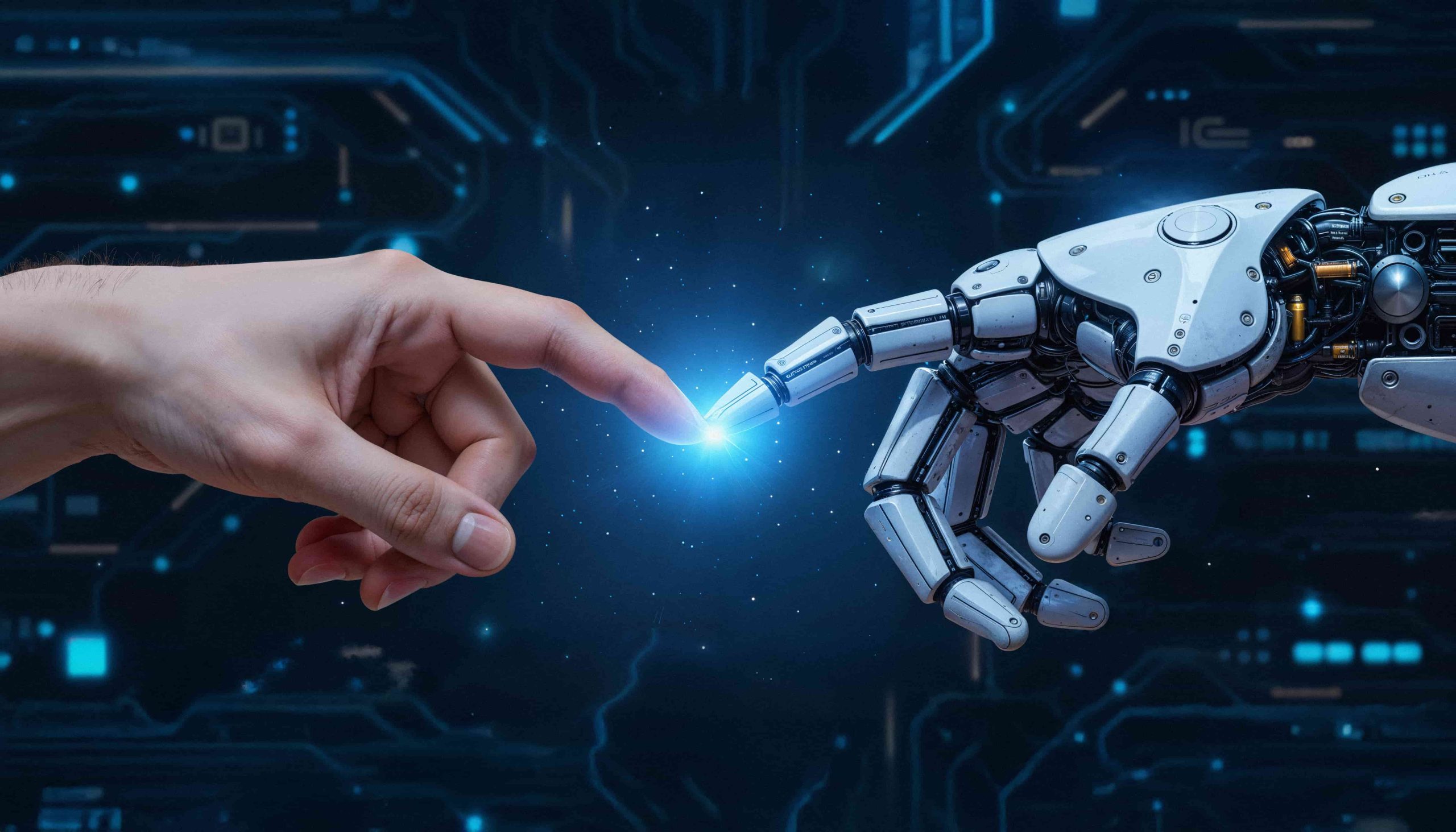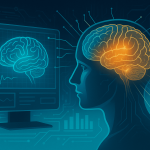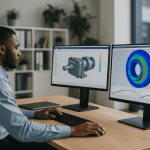
AI Self-Improvement Loop Driving HPC Hardware Design
The AI self-improvement loop is no longer just a sci-fi concept it is emerging as a driving force in technology. Imagine machines capable of designing better versions of themselves, improving hardware at unprecedented speeds. This cycle could redefine high-performance computing (HPC) hardware and the broader IT landscape. In this article, we’ll explore how AI is shaping chip design today, the mechanics of the loop, its benefits, challenges, and where the future may lead.
Current Role of AI in the AI Self-Improvement Loop for Chip Design
AI already accelerates chip design by reducing timelines from months to days. Companies now use AI tools to automate layout optimization, reduce energy consumption, and anticipate design flaws. The AI self-improvement loop begins at this stage, where AI refines processes based on feedback.
Examples in Practice
-
Google leverages AI to design Tensor Processing Units (TPUs), powering advanced AI workloads.
-
Nvidia integrates AI in GPU optimization, boosting HPC applications. Learn more about Nvidia’s HPC solutions.
-
Synopsys provides AI-driven verification software. Explore our Open-Source Tools in AI & HPC: Boost Innovation and Efficiency
These cases highlight how AI is already solving problems humans alone cannot handle, setting the stage for the AI self-improvement loop to expand further.
Understanding the AI Self-Improvement Loop in Hardware Development
At its core, the AI self-improvement loop is a cycle: AI designs chips, those chips power more advanced AI, and the new AI designs even better chips. This compounding effect can drastically shorten innovation cycles.
Step-by-Step Breakdown
-
Data Collection: AI analyzes historical designs.
-
Optimization: Algorithms adjust layouts for speed, cost, and efficiency.
-
Testing: Simulations validate designs.
-
Feedback Integration: AI incorporates lessons for the next iteration.
This iterative process could fuel exponential growth. For background knowledge, visit our How HPC is Powering the Next Generation of AI Innovations.
Benefits of the AI Self-Improvement Loop for HPC Industries
The AI self-improvement loop has transformative implications for HPC and related fields. Faster, more efficient chips lead to breakthroughs in industries that depend on complex computations.
Industry Advantages
-
Technology: Lower costs and shorter development cycles.
-
Healthcare: Speedier drug discovery and improved diagnostic models.
-
Environment: Reduced power consumption through energy-efficient chips.
Supercomputing simulations for weather, energy modeling, or genetic research all benefit from AI-driven designs. For more sector-specific insights, check our Revolutionizing Healthcare with Cloud Computing Basics.
Challenges Within the AI Self-Improvement Loop for Chip Design
Despite its promise, the Self-Improvement in AI faces obstacles. The most pressing include data quality, oversight, and sustainability.
Key Barriers and Solutions
-
Data Integrity: Poor input data leads to flawed designs. Ensuring diverse, high-quality datasets is essential.
-
Human Oversight: Automated systems require checks to prevent unintended consequences.
-
Energy Efficiency: AI consumes vast energy, making eco-friendly designs crucial.
Addressing these hurdles is vital for sustainable progress. Deloitte’s semiconductor industry outlook provides further context on global challenges.
Future of the AI Self-Improvement Loop in HPC Hardware
Looking forward, the Self-Improvement in AI may allow AI systems to autonomously create entire HPC hardware stacks by 2030. Human roles will evolve toward oversight and ethical governance, while machines handle iterative improvements.
Predicted Trends
-
Green Computing: AI will prioritize energy-efficient chip design.
-
Customized Hardware: Specialized HPC chips tailored to industries like biotech or climate science.
-
Global Reach: Democratization of access to supercomputing resources.
As the loop matures, its influence will expand across every sector reliant on data-intensive computing.
Conclusion: The AI Self-Improvement Loop as a Game Changer
From chip design to HPC breakthroughs, the AI self-improvement loop represents one of the most exciting frontiers in technology. While challenges remain, its potential benefits for industries, research, and society are profound. By pairing innovation with oversight, the future of AI-driven hardware design looks bright.
FAQs
What is the AI self-improvement loop?
It’s a cycle where AI improves itself through hardware and software feedback.
How does AI help HPC today?
It automates design, reduces costs, and improves chip efficiency.
Will AI replace humans in design?
No. Humans will provide oversight and ethical guidance.
What risks come with the loop?
Concerns include flawed data, high energy use, and ethical risks.
Author Profile

- Online Media & PR Strategist
- Hello there! I'm Online Media & PR Strategist at NeticSpace | Passionate Journalist, Blogger, and SEO Specialist
Latest entries
 Scientific VisualizationOctober 29, 2025Federated Learning Technology in Medical Privacy AI
Scientific VisualizationOctober 29, 2025Federated Learning Technology in Medical Privacy AI Scientific VisualizationOctober 29, 2025Brain Visualization Ethics: Balancing Innovation and Privacy
Scientific VisualizationOctober 29, 2025Brain Visualization Ethics: Balancing Innovation and Privacy Computer Aided-EngineeringOctober 25, 2025How 5G CAE Workflows Transform Remote Engineering
Computer Aided-EngineeringOctober 25, 2025How 5G CAE Workflows Transform Remote Engineering Data AnalyticsOctober 6, 2025Data Analytics Freelancing Success Tips for Professionals
Data AnalyticsOctober 6, 2025Data Analytics Freelancing Success Tips for Professionals

